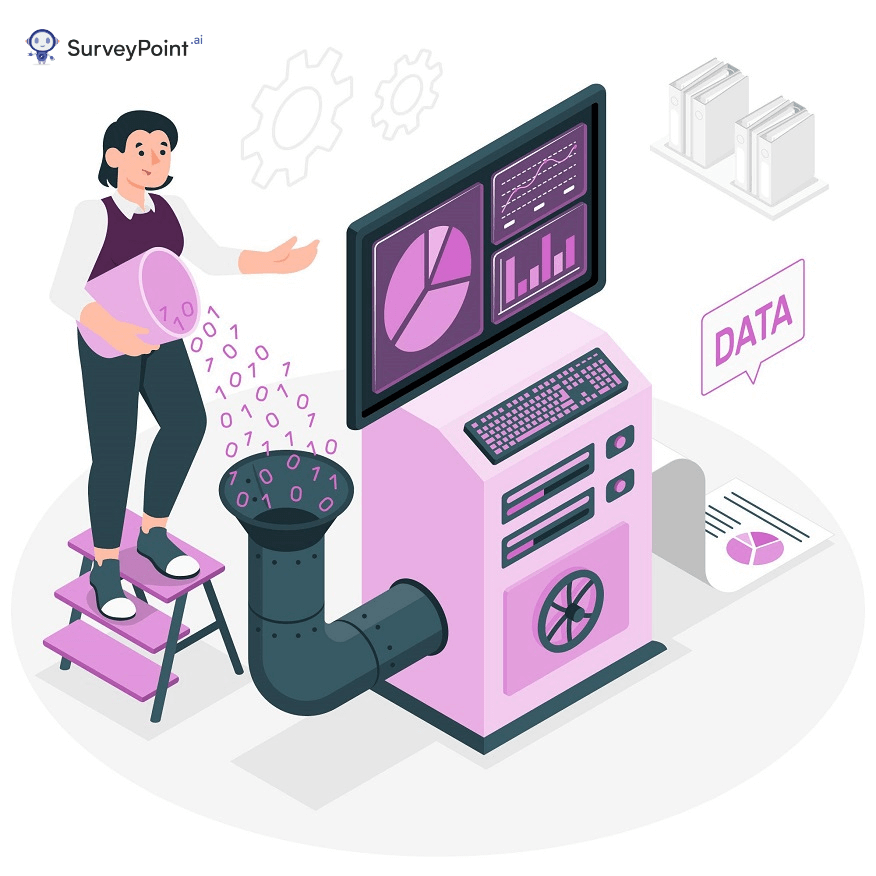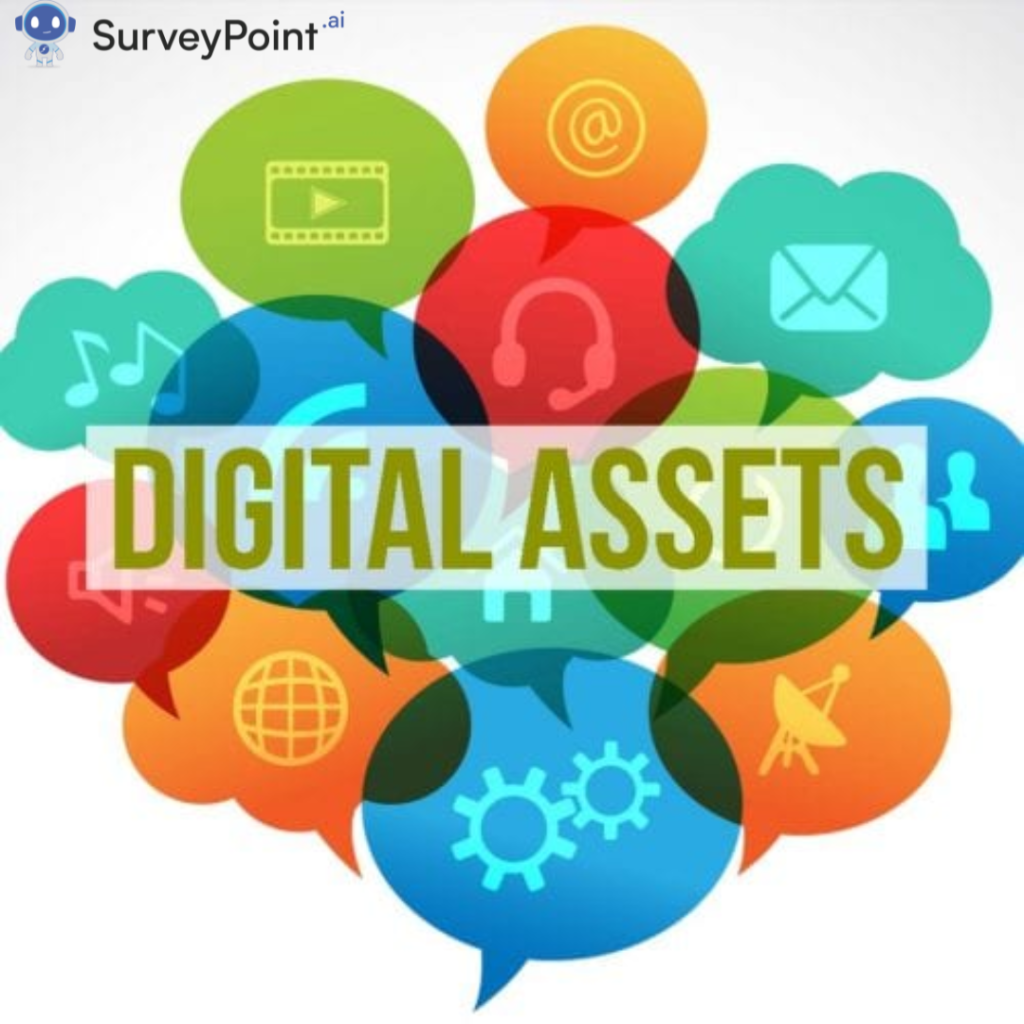
Today we live in a tech-savvy world where a large amount of data is collected every day. Most businesses wish to collect and make the best use of this information to improve their decision-making. Data processing in research can help you better understand your data and leverage it to your advantage.
Making sense of data is crucial for organizations. It indicates the status of ongoing processes and leads to better strategies. In most cases, you can also understand invaluable customer behavior and use the insights to further enhance your business offerings. Interestingly, over 80% of the entire world’s data is likely to be unstructured by 2025. This poses an even bigger need for dedicated data processing.
Today we will talk about the exact meaning of data processing and understand its importance in research. In the later section, we will also highlight some of the most sought-after examples of data processing.
What is Data Processing in Research?
Data processing in research is the methodical and organized manipulation of unprocessed data collected during a study. The data is changed into a format that has meaning and can be interpreted through a series of steps. Researchers are given the tools they need to use this process to effectively address their research goals and draw conclusions.
Data processing plays a crucial part in maintaining the validity, accuracy, and reliability of research findings. It allows researchers to organize, clean, categorize, analyze, and interpret data by processing it correctly. You can also unveil useful patterns and relationships with these analyses.
Processing of large-scale data entails a sequence of actions designed to convert it into relevant information that is meaningful and understandable. Researchers can examine the data to find patterns, establish relationships, and make judgments by using a variety of statistical techniques and analytical methods.
The interpretation and presentation of the results are also included in the data processing. Using tables, charts, graphs, and reports, researchers condense and present the findings in a logical manner. By ensuring that the research findings are effectively communicated to the target audience, this step helps people understand the implications of the study.
Importance of Data Processing in Research
Data processing is pivotal in optimizing the quality and integrity of research outcomes. It facilitates advancements in knowledge and drives meaningful progress in various fields of study. Let’s look at the most popular benefits offered by data processing:
- Data Transformation
For raw data to be transformed into a structured and organized format, data processing is necessary. Important processes like data cleaning, formatting, and standardization are involved.
The consistency, manageability, and suitability of the data for analysis and interpretation are all dependent on these processes. Researchers can gain important insights and make wise decisions based on accurate and trustworthy data that is processed correctly.
- Research Objectives
Researchers can organize and manipulate data according to the goals of their study by using data processing. It enables the extraction of pertinent data while removing irrelevant data, resulting in relevant conclusions that directly address the research goals.
ALSO READ: How To Write Research Questions and Objectives? - Analysis and Insights
Statistical methods and analytical techniques on processed data help researchers uncover patterns, relationships, and trends. This analysis offers insightful information that can be used to draw well-informed conclusions.
- Accuracy and Reliability
Data processing is essential to obtaining accurate and trustworthy research results. It involves locating and removing biases, inconsistencies, and errors in raw data to improve the accuracy of the research findings.
- Data Interpretation and Presentation
The organized presentation of processed data enables researchers to effectively interpret and communicate findings. Researchers can present research findings in a way that is easily understood by a broad audience by using descriptive statistics, visualizations, and thorough reports.
ALSO READ: Data Visualization Trends 2023: What Are They?- Knowledge Advancement
Data processing is crucial to knowledge advancement because it enables researchers to analyze large datasets, spot important trends, and derive insightful knowledge.
This procedure encourages ongoing study and in-depth comprehension of the subject, which leads to the creation of novel theories, innovative approaches, and ground-breaking findings.
- Evidence-Based Decision Making
In the fields of academia, medicine, business, and policymaking, processed data offers a trustworthy foundation for evidence-based decision-making. It enables researchers to make well-informed decisions supported by factual data, ensuring the precision and efficacy of choices.
Stakeholders can improve outcomes and promote positive changes in their respective fields by utilizing processed data.
Data Processing In Research Examples
Without data being processed in the manner it is today, the world would have remained in its pre-industrialization era. Globalization and the digital revolution led to a hike in demand for data processing facilities in research.
In daily life, data is continuously being processed from the smallest of retailers, such as maintaining past records for placing orders from wholesale to macro level government initiatives such as the Census.
Examples of data processing that are frequently observed around us are:
- The creation of graphs and prediction tables from hundreds of transactions going on in the Stock Exchange.
- Companies keep track of repeat customers and conduct studies to match the tastes of new customers.
- Online sites throw ads and campaigns which match the search history of their visitors across multiple devices. Some sites use this data to send promotional emails.
- Social media applications categorize the profiles of their members to keep them interconnected and engaged. The same goes for algorithms that capture the viewing preferences of people.
- Marketing agencies structure the demographic surveys done by them to devise an effective, population-specific advertisement campaign.
- Modern airplane systems compile data from several instruments to send out correct information to the pilots.
Data processing is the path to informed decision-making. Leaders are at ease when they know about the risk associated with certain decisions. It gives them a clue to their next advantageous move in the market.
Conclusion
Data processing in research consists of methods and processes which convert the raw data values into refined sets by use of formulas, logic, or categorization. Any ambitious firm looks forward to understanding the market and its customers in the best way possible. Data processing is the key to this knowledge that helps companies in making vital assumptions.





